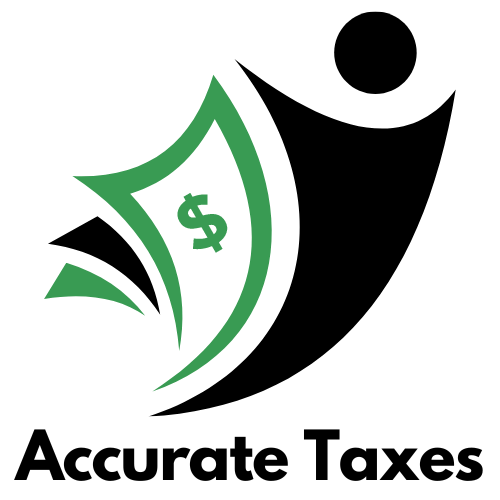Tips for Changing or Starting a New Payroll Service
 Will you start using a payroll service in 2020 – or change to a new one?
Will you start using a payroll service in 2020 – or change to a new one?
How to find and vet a payroll service: Follow these 8 steps. Yes, some may seem obvious, but even these can be forgotten or overlooked.
- Ask for referrals – and references
.
Ask colleagues and CPA’s for referrals, then ask each referral for references. Topnotch providers have longstanding clients who are happy to tell you about the provider’s services and data security for your critical employee and tax data.
- Specialization: Depending on the complexity of your payroll, you may want a provider with experience in your industry.
- Verify registrations. Service providers should be registered with state and federal agencies and should hold a current business license. Compliance here bodes well for compliance with payroll regs.
- Check credit ratings. If a provider is meeting its financial obligations, you can feel safer trusting it with your firm’s.
- Do a Google check for corporate history, any news articles, industry awards, etc. A quick search can set your mind at ease or reveal possible red flags.
- Ask about the provider’s audit trail. Compliance relies on auditable, traceable processes that meet state and federal requirements. Most providers are eager to supply a disclosure statement that outlines both your firm’s responsibilities and how to verify that it is making all deposits.
- Scrutinize the agreement. Have a lawyer do it, too. Check the details – such as whether the provider pays penalties if it is at fault.
- Confirm the provider’s IRS status. Ask the provider for its electronic filing ID number (EFIN), which it needs to deposit your taxes with the IRS. An EFIN indicates that the provider has been vetted and approved by the IRS to handle payroll data and taxes.
- Compare pricing among providers. This may take some time because different providers have different ways of setting their fees.
To monitor your payroll service providers deposits of your payroll taxes, follow these 4 steps.
- Enroll your firm in the Electronic Federal Tax Payment System (EFTPS) – it lets you verify every deposit
- Know your tax due dates so you can verify
- Log into the EFTPS to make sure your payroll taxes were deposited. Your firm will pay penalties and interest on late or missed payments even if you can show your payroll service was at fault. Payroll services are required by the IRS to send you quarterly reminders to double-check their work. Provider failure to deposit collected payroll taxes is very rare, but not unheard of.
- Make sure your firm’s business name, address and federal and state ID numbers appear on all IRS forms. This prevents money from being transferred to other accounts and ensures that all IRS invoices and notices are sent to you directly.
What not to worry about. Late payrolls or underpaid wages. Your employees are essentially real-time auditors and will let you know.
If you need any help with selecting a payroll service or would like someone to do your payroll for you, please contact us.
Want to receive our monthly newsletter? Just click here
Article reprinted with permission from AIPB
The post Tips for Changing or Starting a New Payroll Service
appeared first on ProAct Bookkeeping.
Article reprinted with permission from AIPB
The post Tips for Changing or Starting a New Payroll Service appeared first on ProAct Bookkeeping.


